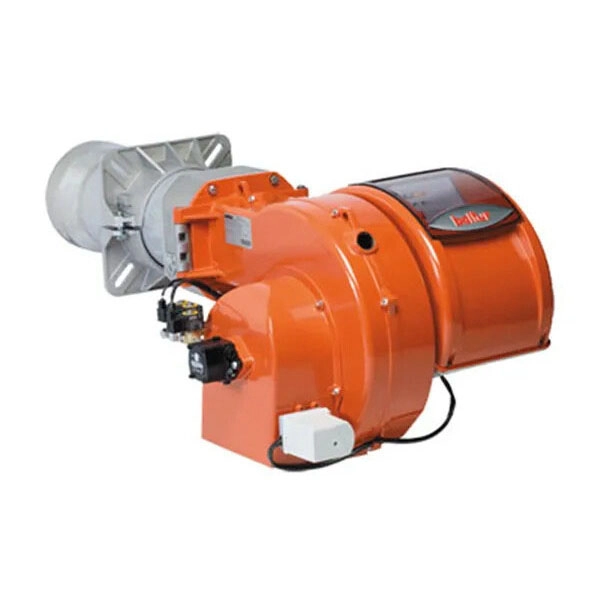
A single-stage burner is a type of heating device that operates at a single, fixed output level. It's either completely on, burning fuel at maximum capacity, or completely off. There is no in-between or variable setting. This contrasts with more advanced burners, like two-stage or modulating burners, which can adjust their flame size and heat output to match the specific needs of the space.
A single-stage burner operates with a consistent flame size and heat output. When the thermostat calls for heat, the burner ignites and runs at its maximum capacity until the desired temperature is reached. This design is relatively simple and cost-effective, but it can lead to less precise temperature control and potentially higher energy consumption compared to multi-stage or modulating burners.
Blower/Fan: Draws in combustion air.
Gas Valve: Controls the flow of fuel (natural gas or propane) to the burner. In a single-stage system, this is typically an "on/off" valve.
Igniter: Electrically heated element or spark igniter that initiates combustion.
Burner Head/Assembly: Where the fuel and air mix and ignite, producing the flame.
Flame Sensor: Detects the presence of a flame to ensure safe operation.
Heat Exchanger: Transfers heat from the combustion gases to the air or water circulating through the heating system.
Thermostat: The control unit that signals the furnace when to turn on and off.
A single-stage burner's operation is straightforward:
The thermostat in a heating system, such as a furnace or boiler, senses that the temperature has dropped below the set point.
The burner ignites and operates at 100% capacity until the thermostat reaches the desired temperature.
Once the set temperature is achieved, the burner shuts off completely.
This "all or nothing" function means the system cycles on and off frequently, which is often referred to as "short cycling."
Single-stage burners are typically used in applications where precise temperature control isn't critical or in smaller spaces where heat is needed quickly. They are common in:
Residential furnaces and boilers, especially in older homes or in regions with milder climates.
Smaller industrial heating systems.
Water heaters.
Single-Stage vs. Multi-Stage Burners
The key differences between single-stage and multi-stage burners lie in their efficiency, comfort, and operational cost.
|
Feature |
Single-Stage Burner |
Multi-Stage Burner |
|
Output |
Fixed at one level (100% on or off) |
Variable (e.g., low and high fire) |
|
Efficiency |
Less efficient due to frequent cycling and "over-firing" for a given demand. |
More efficient as it can match the heat output to the exact demand, reducing waste. |
|
Comfort |
Can cause temperature swings as it heats quickly and then shuts off, leading to hot and cold spots. |
Provides more consistent, even heating and fewer temperature fluctuations. |
|
Noise |
Louder operation due to the fan and burner always running at full speed. |
Quieter, especially when operating on the lower setting. |
|
Cost |
Lower initial purchase and installation cost. |
Higher initial purchase and installation cost. |
Take every customer request seriously.

Shuxin
Electromechanical
+86 15516359168
shuxin@sxburner.com
Room 504, Building 11, Wuzhou International Industrial Expo City, Old National Highway 310, Xigong District, Luoyang City, Henan Province
+86 15516359168
shuxin@sxburner.com
Room 504, Building 11, Wuzhou International Industrial Expo City, Old National Highway 310, Xigong District, Luoyang City, Henan Province